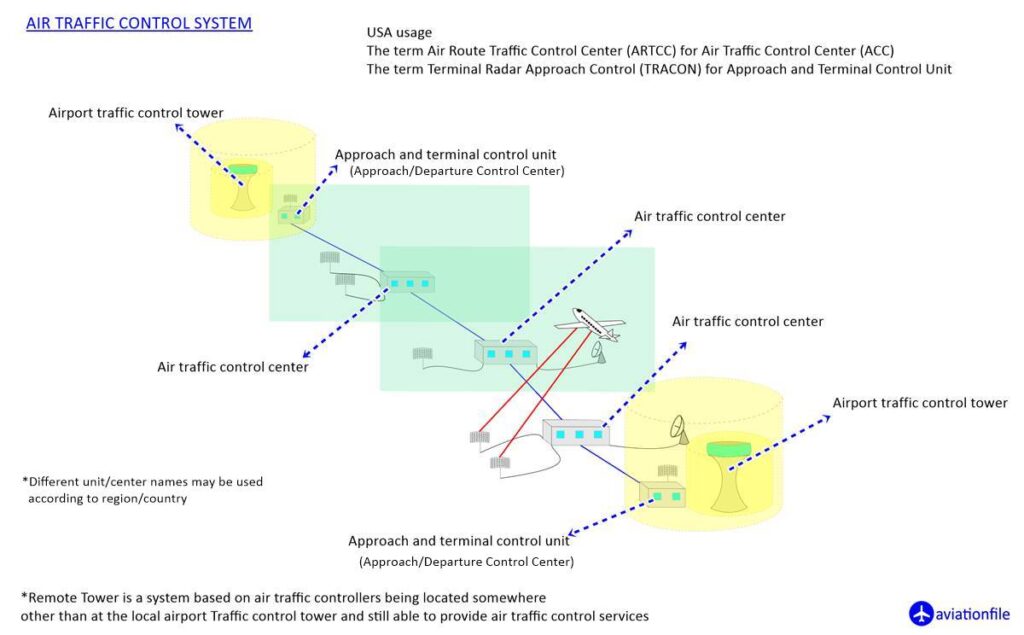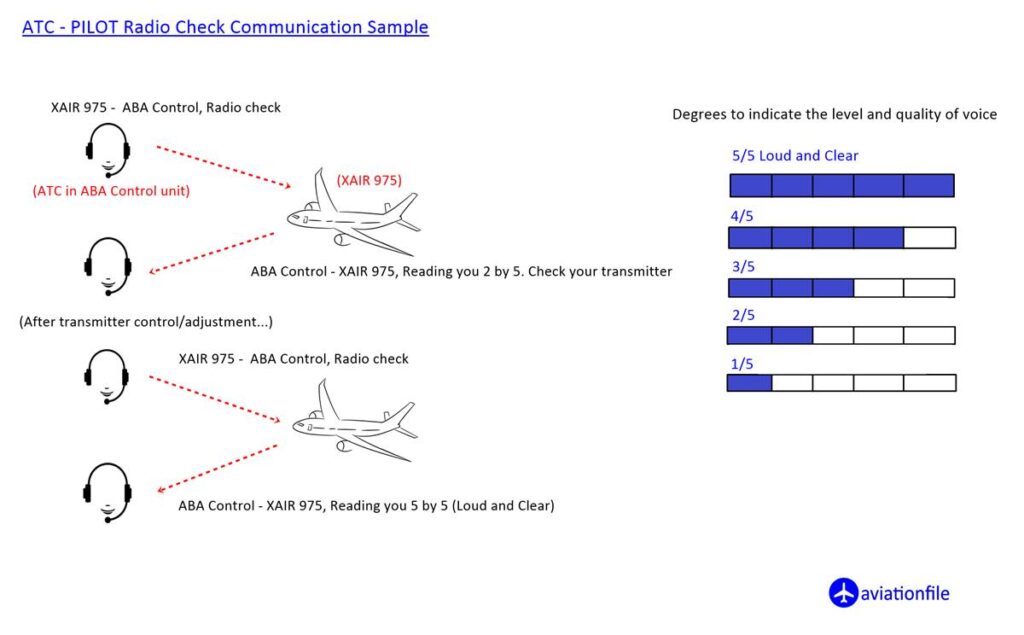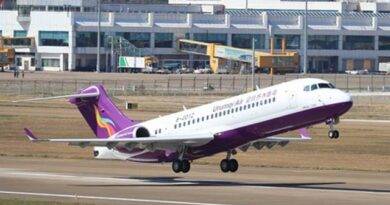VCS – Voice Communication System in Aviation
A Voice Communication System (VCS) is a critical component of aviation communication infrastructure that facilitates communication between pilots, air traffic controllers, and ground personnel. VCS enables clear and efficient voice communication, ensuring the safe and efficient operation of air traffic control.
Here are some points of reference related to VCS in aviation:
-VCS is essential for air traffic management as it helps to maintain situational awareness of air traffic controllers by providing them with a clear and uninterrupted communication link with pilots.

*VCS also allows pilots to communicate with each other and ground personnel, providing essential information about weather conditions, aircraft status, and other critical data.
-The Federal Aviation Administration (FAA) has established guidelines and regulations for VCS usage to ensure safe and efficient air traffic control. These guidelines include technical specifications, performance standards, and testing requirements for VCS equipment.
Components of VCS
*The VCS system comprises various components, including microphones, headsets, amplifiers, radios, and other communication equipment, which are designed to operate seamlessly in a highly dynamic and challenging environment.
-VCS technology has evolved significantly over the years, with the introduction of digital communication systems that offer improved clarity, reliability, and functionality.
*The International Civil Aviation Organization (ICAO) has established standards and recommended practices (SARPs) for VCS to ensure interoperability, reliability, and safety across different countries and regions.
-VCS is an essential component of the communication infrastructure for air traffic control towers, control centers, and other aviation facilities, which require robust and reliable communication links to ensure safe and efficient air traffic management.

In summary, Voice Communication System (VCS) is a crucial component of aviation communication infrastructure, ensuring clear and efficient communication between pilots, air traffic controllers, and ground personnel. The technology has evolved significantly over the years, with the introduction of digital communication systems that offer improved clarity, reliability, and functionality. The FAA and ICAO have established guidelines and standards to ensure safe and efficient air traffic management.
- Federal Aviation Administration. (2018). Voice Communication System (VCS). Retrieved from https://www.faa.gov/documentLibrary/media/Advisory_Circular/150_5530_4B_Chg_1.pdf
- International Civil Aviation Organization. (2018). Annex 10 to the Convention on International Civil Aviation, Volume II – Aeronautical Telecommunications, Part I – Radio Navigation Aids, Section 3 – Voice Communications Systems. Retrieved from https://www.icao.int/publications/Documents/annexes/Annex_10_volume_II/Annex_10_vol2_Amd_92_en.pdf
- Gao, Y., Zhang, J., & Li, Q. (2021). Design and Implementation of a Distributed Voice Communication System for Air Traffic Control. IEEE Access, 9, 67733-67743.
- Weimer, B., & Coleman, J. (2017). Advanced Voice Communication System Research and Development for Future Air Traffic Management. NASA Technical Reports Server. Retrieved from https://ntrs.nasa.gov/citations/20170006385
- Zbinden, S., Raemy, M., & Stuber, M. (2018). Interoperability of Voice Communication Systems for Air Traffic Management. Journal of Aerospace Information Systems, 15(9), 417-428.



